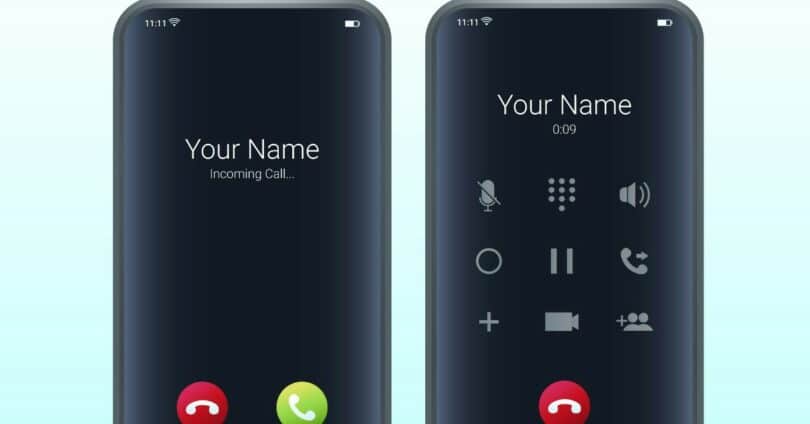Efficiency is the name of the game in any contact center, and call tagging emerges as the unsung hero revolutionizing how interactions are managed.
Unveiling the Magic of Call Tagging
Picture this: a torrent of incoming calls flooding the contact center, each representing a unique customer query or concern. Amidst this chaos, call tagging swoops in like a superhero, bringing order to the chaos. Call tagging is a process used in contact centers where specific keywords or phrases are assigned to calls, making it easier to categorize and retrieve them later. It helps streamline operations and enhance efficiency by providing agents with valuable insights into each interaction.
Lightning-Fast Categorization for Swift Solutions
- Tag and Tackle – With call tagging, agents can swiftly identify the nature of each call, enabling them to triage urgent matters and expedite resolutions.
- Priority Power – By categorizing calls based on keywords like “urgent,” “technical issue,” or “feedback,” agents can ensure that high-priority issues receive immediate attention.
Supercharging Decision Making with Data Insights
In the realm of contact centers, data is king. Call tagging serves as a data goldmine, empowering organizations to extract actionable insights and drive strategic initiatives. From identifying trends to monitoring agent performance, the possibilities are as endless as they are electrifying.
Data-Driven Dynamo
- Trendspotting – By analyzing tagged calls, contact centers can uncover recurring themes and pain points, enabling them to fine-tune their processes and enhance the customer experience.
- Agent Empowerment – Tagged calls provide invaluable feedback on agent performance, allowing supervisors to offer targeted coaching and support for continuous improvement.
Compliance Confidence and Quality Assurance Assurance
In regulated industries, compliance is non-negotiable. Call tagging serves as a trusty sidekick in ensuring adherence to industry standards and regulations, while also bolstering quality assurance efforts.
Compliance Crusader
- Audit Assistance – With tagged calls, contact centers can easily retrieve and document interactions, simplifying compliance audits and regulatory reporting.
- Privacy Protector – By tagging calls containing sensitive information, such as personal or financial data, contact centers can implement robust security measures to safeguard customer privacy.
Crafting Legendary Customer Experiences
At the heart of every contact center lies the mission to delight customers and foster brand loyalty. Call tagging plays a pivotal role in this endeavor, enabling agents to deliver personalized support and proactive engagement that leaves customers smiling.
Heroic Customer Support
- Predictive Powers – Armed with tagged call data, agents can anticipate customer needs and proactively address concerns before they escalate.
- Loyalty Leader – By consistently delivering exceptional service experiences, contact centers can forge lasting bonds with customers, transforming them into brand advocates.
Embracing Tomorrow’s Technologies Today
As technology continues to evolve, contact centers are harnessing cutting-edge tools and algorithms to supercharge call tagging capabilities. From AI-powered speech analytics to sentiment analysis, the future has never looked brighter.
Tech Titans at Work
- AI Marvels – Speech analytics platforms powered by AI automatically analyze call transcripts, extracting keywords and phrases with lightning speed and precision.
- Emotionally Intelligent – Sentiment analysis algorithms decode customer emotions, allowing contact centers to prioritize calls based on urgency and emotional context.
What Steps Can Contact Centers Take to Implement Call Tagging Effectively?
To implement call tagging effectively, contact centers should:
- Define Tagging Criteria – Determine the keywords or phrases to be used for tagging calls based on the organization’s specific needs and objectives.
- Provide Training – Train agents on the importance of call tagging and how to use the tagging system effectively.
- Utilize Technology – Leverage advanced tools and technologies, such as speech analytics platforms, to automate the tagging process and enhance efficiency.
- Monitor and Adjust – Regularly monitor the effectiveness of call tagging and make adjustments as needed to ensure optimal performance.
Boosting Call Center Efficiency: Beyond Call Tagging
While call tagging is undoubtedly a game-changer in optimizing contact center operations, there are other strategies and tools that can further boost efficiency and productivity.
1. Implement Interactive Voice Response (IVR) Systems
Interactive Voice Response (IVR) systems empower callers to self-serve by navigating through automated menus to reach the appropriate department or access information without agent assistance.
2. Leverage Workforce Management Solutions
Workforce management solutions empower contact centers to optimize staffing levels, schedules, and resource allocation based on forecasted call volumes, agent availability, and service level objectives.
3. Foster a Culture of Continuous Improvement
Encourage a culture of continuous improvement within the contact center by soliciting feedback from agents, monitoring performance metrics, and implementing process enhancements based on insights gleaned from data analysis.
Conclusion
As the digital landscape continues to evolve, contact centers must embrace the power of call tagging to stay ahead of the curve and delight customers at every turn.









